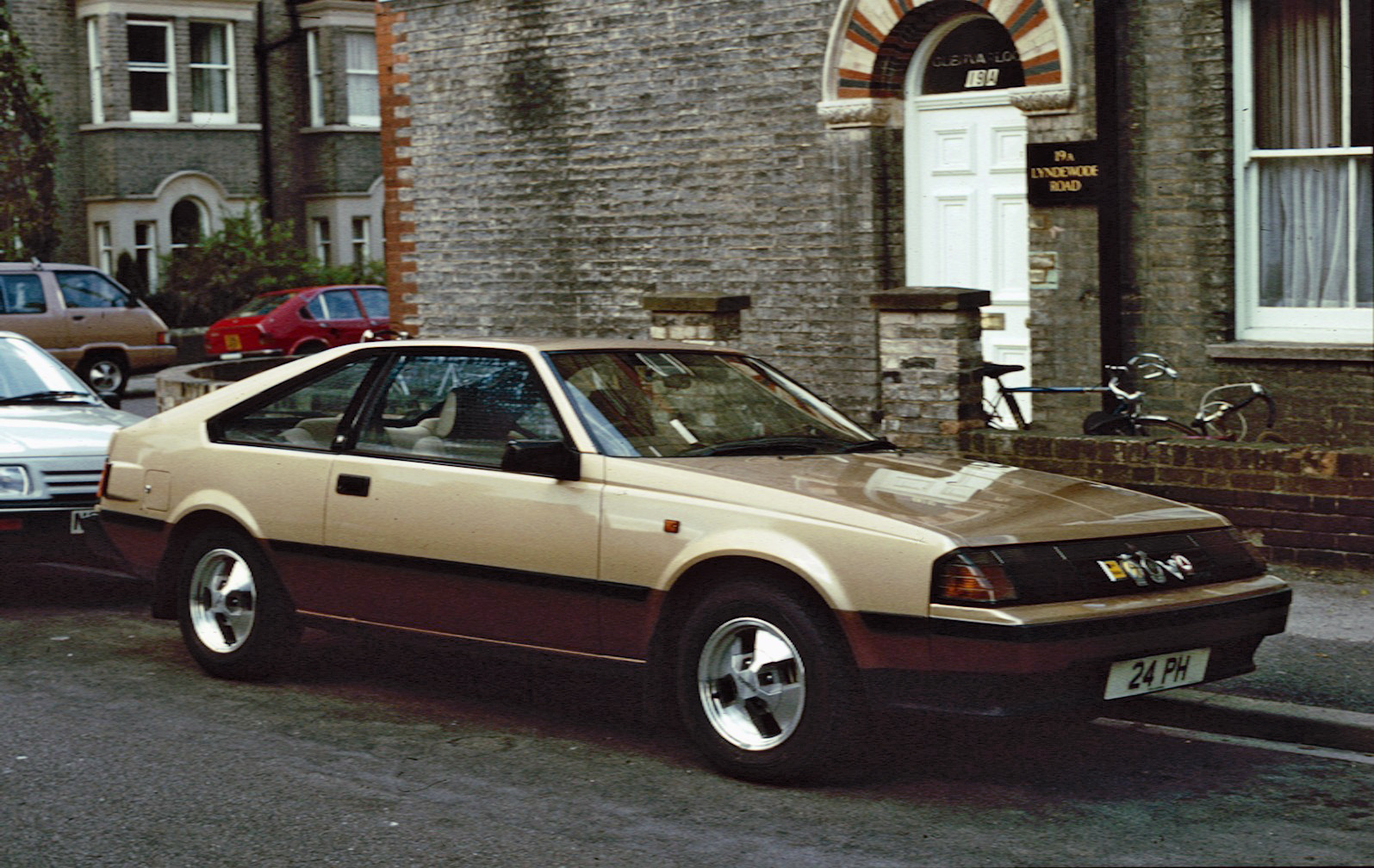 Year 1982 saw the introduction of the third generation Celica. The car was available in coupe, liftback and convertible forms, with many buyers biased toward the liftback. Styling was changed considerably from previous models and power was provided by a 2.4 L 22-R or 22R-E engine in all North American models, while carbureted 2.0 L I4 engine (namely a 2S-C) was also used. The 2.4 L became the biggest engine offered in any Celica ever, except for the Supra model. Other engines for Japanese models were 1.6 liter 2T, 1.8 liter 3T and 1S, and 2.0 liter 18R-G. Trim levels are SV, ST, ST-EFI, SX, GT, and GT Rally. Two body styles were offered: coupe and liftback.
Year 1982 saw the introduction of the third generation Celica. The car was available in coupe, liftback and convertible forms, with many buyers biased toward the liftback. Styling was changed considerably from previous models and power was provided by a 2.4 L 22-R or 22R-E engine in all North American models, while carbureted 2.0 L I4 engine (namely a 2S-C) was also used. The 2.4 L became the biggest engine offered in any Celica ever, except for the Supra model. Other engines for Japanese models were 1.6 liter 2T, 1.8 liter 3T and 1S, and 2.0 liter 18R-G. Trim levels are SV, ST, ST-EFI, SX, GT, and GT Rally. Two body styles were offered: coupe and liftback. In September 1982, the first Celica turbo was launched in Japan. The GT-T had a 1.8 liter 3T-GTE engine. To meet the FISA regulation for Group B Rally Car to compete in the World Rally Championship (WRC), 200 units Celica GT-TS were built. These were the basic car for Group B Celica Twincam Turbo (TA64) which were built and rallied by Toyota Team Europe (TTE).
In 1983, Toyota added the GT-S model to the Celica line to re-inject the sports image that Celica had lost as it grew larger and heavier with each subsequent model. The GT-S included larger wheels and tires, fender flares, independent rear suspension, a sports interior including special seats, and a leather-wrapped steering wheel and shifter knob. Most of these came from the Supra. This made sense as the Supra was based on the Celica. From the windshield back, both cars were nearly identical when in liftback form. There were also optional rear louvers for the coupe and liftback. The upgraded GT-S wheels are coveted as replacements by many people who own first generation Celicas as they remained four-lug and looked sportier than first generation wheels while still providing the "classic Celica" look and feel. The wheels were also polished aluminium as opposed to the flat finish of the lower models.
Minor changes were given in late 1983 for the 1984 model year and distinguished by the redesigned front end, with fully-closed retractable headlights which popped up backwards like most traditional pop-up headlights instead of the ones that went forward. Side vents, Hood, grille, tail lights, and bumpers were also new. The GT-R and GT-TR (turbo) were added to the Japanese line-up.
Fuel injection became standard on all North American Celicas in 1985, therefore the 22R engine became 22R-E.
The GT-S Convertible, built by American Specialty Cars (ASC) in California, released 200 units in 1984, and 4,248 units for the 1985 model year[citation needed].
In Australia, Toyota decided initially to use the 21R-C in the dulled-down model Celica. As a result the car only turned out a mere 67 kW (90 hp). However, this was later replaced, firstly, by the far quicker 73 kW (98 hp) 2S-C motor and then by the injected 2.4 litre motor (22R-E) which provided 87 kW. Local testing deemed that this was probably too much power for local car's live axle rear end and recirculating ball steering.
Australia, European and Japanese model Celicas came with rear side vents, which are highly sought after by North American Celica enthusiasts.
In Europe, the Celica was offered as 1600ST with 2T engine, 2000XT (21R), and 2000GT (18R-G).
In Japan, the Celica was offered many engines from the 2T, 3T, and 4A engine family.
[source]



0 komentāri:
Post a Comment